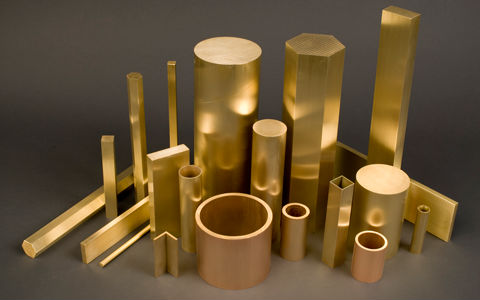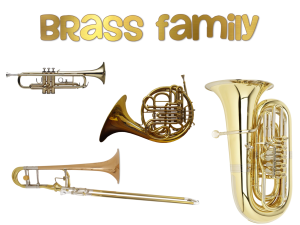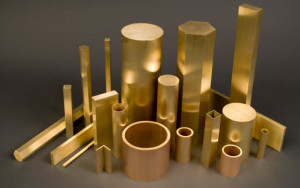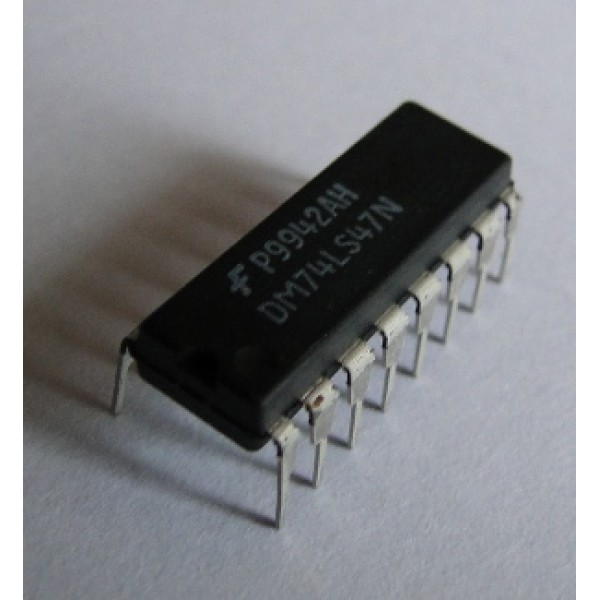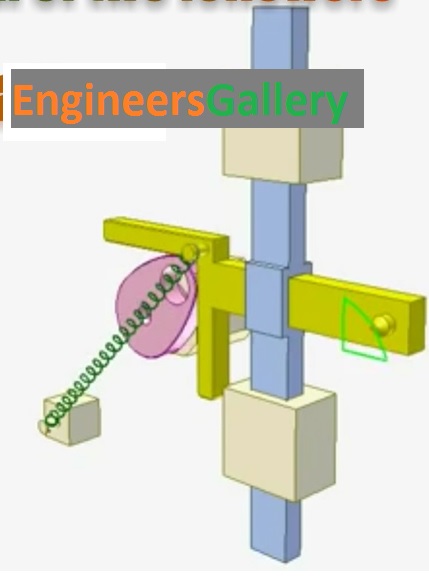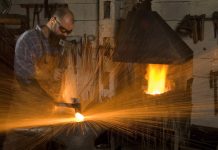Brasses
Brasses are widely used alloy of copper (main constituent) and zinc. They also contain small amounts of lead or tin or aluminium. The most commonly used copper-zinc alloy is brass. There are various types of brasses, depending upon the proportion of copper and zinc. The fundamental a binary alloy comprises 50% copper and 50% zinc. By adding small quantities of other elements, properties of brass may be greatly changed. For example addition of lead (1 to 2%) improves the machining quality of brass. It has a greater-strength than that of copper, but has a lower thermal and electrical conductivity. Brasses alloys are very resistant to atmospheric corrosion and can be easily soldered. They can be easily fabricated by processes like spinning and can also be electroplated with metals like nickel and chromium. Some of common phases of brass are discussed as under.
Alpha Phase
If the copper crystal structure is face centered cubic (FCC), there will be up to 36% of zinc. This solid solution is known as alpha brass. It has good mechanical properties, good corrosion resistance but it possesses lower electrical conductivity than copper.
Beta Phase
If the amount of zinc increases beyond 36%, beta brass will appear in the microstructure of the slowly cooled brass. This has body centered cubic structure (BCC). This phase is hard but quite tough at room temperature.
Gamma Phase
When zinc content is increased in brass beyond 45%, then gamma phase is appeared in its structure. This structure is extremely brittle, rendering an alloy which makes it unsuitable for general engineering purposes. The various types of brasses are discussed as under.
1 Red Brass
Red brass is an important material used for heat conducting purposes. Itcontains
Cu = 85%
Zn = 15%.
Properties
Red brass is having excellent corrosion resistance and workability. It possesses tensile strength ranging from 27-31 kg/mm 2. Percentage elongation of this brass is 42-48.
Applications
Red brass is mainly utilized for making, heat exchanger tubes, condenser, radiator cores, plumbing pipes, sockets, hardware, etc.
2 Yellow Brass or Muntz Metal
Yellow brass is also known as muntz metal. It contains
Cu = 60%
Zn = 40%
Muntz metal is having high strength and high hot workability. It is having tensile strength 38 Kg/mm2 (approximately). The percentage elongation of this brass is 45%.
Applications
Yellow brass or muntz metal is suitable for hot working by rolling, extrusion and stamping. It is utilized for making small various components of machine and electrical equipment such as bolts, rods, tubes, valves and fuses. This metal is utilized for making for pump parts, valves, taps, condenser tubes, sheet form for ship sheathing (because of excellent corrosion resistance).
3 Cartridge Brass
It contains 70% Cu and 30% Zn. It is having good combination of strength and ductility. It is having tensile strength between 31-37 kg/mm2. Percentage elongation of this brass is 55-66%. It is generally processed into rolled sheets. The metal alloy can be easily cold worked using cold working processes such as wire drawing, deep drawing and pressing.
Applications
It is utilized for making for making tubes, automotive radiator cores, hardware fasteners, rivets, springs, plumber accessories and in tube manufacture.
4 Admiralty Brass
It contains
Cu = 71%
Zn = 29%
Sn = 1%
Properties
1. Admiralty brass is highly resistant to corrosion.
2. It is highly resistant to impingement attack of sea water.
3. It is having tensile strength 30 kg/mm2 (approx.).
4. It can be cold worked
5. It possesses good corrosion resistance to sea water corrosion.
6. The percentage elongation of admiralty brass is 65%.
Applications
Admiralty brass is utilized for making condenser tubes in marine and other installations. It is used for making plates used for ship building. It is utilized also for making bolts, nuts, washers, condenser plant and ship fittings parts, etc.
5 Naval Brass
Navel brass is commonly used for making marine components. It contains
Cu = 59%
Zn = 40%
Sn = 1%
Properties
Properties of naval brass are similar to muntz metal. As 1% zinc is replaced by 1% tin in Muntz metal to make navel brass, corrosion resistance of this material to sea water is significantly improved. The percentage elongation of navel brass is 47% and its tensile strength is 38 kg/mm2 (approx.).
Applications
Navel brass is commonly utilized for making marine hardware casting, piston rods, propeller shafts, welding rods etc.
6 Manganese Brass
Manganese brass is sometimes also called manganese bronze. It contains
Cu = 60%
Zn = 38%
Mn = 0.5%
Fe = 1.0%
Sn = 0.5%
Properties
Manganese brass possesses sufficient toughness and good corrosion resistance. It is very active in reducing the oxides of other metals.
Applications
Manganese brass is utilized for making hydraulic rams, valves and cylinders, tubes, pump rods, propellers, bolts, nuts etc.
7 Iron Brass or Delta Metal
Iron brass or delta brass contains
Cu = 60%
Zn = 37%
Fe = 3%
Iron brass or delta metal is hard, strong, tough, and having good corrosion resistance. It can be casted easily.
Applications
If corrosion is to be resisted in mild steel, then some amount of iron brass or delta metal is added in mild steel.
8 Gilding Brass
Gilding brass is a very cheap metal for making jewellery, decorative and ornamental products. It generally contains
Cu = 85%
Zn = 15%
Applications
Because of better appearance this metal is commonly used for jewellery, decorative and ornamental work.
9 Free Cutting Brass
Free cutting brass contains
Cu = 57.5%
Zn = 40%
Pb = 2.5%
Free cutting brass is highly machinable and it does not allow bending.
Applications
Free cutting brass is used for making cast, forged or stamped blanks to be used for further machining such as high speed turning and screwing.
10 Lead Brass
Lead brass is also known as cloak brass which contains
Cu = 65%
Zn = 34%
Pb = 1%
Applications
Lead brass or cloak brass is used in making small gears and pinions for clock work.
Reference Introduction to basic Manufacturing Processes and Workshop Technology by Rajender Singh.
For engineering project visit this page regularly for know more things related project ideas. Click here to see Ideas of Projects. Engineers Gallery. All the Best!

